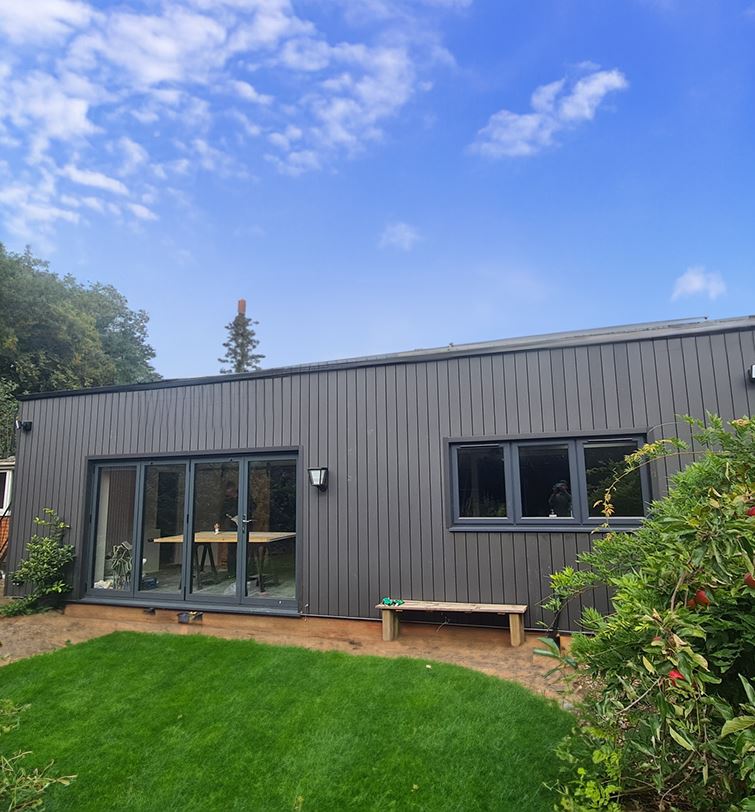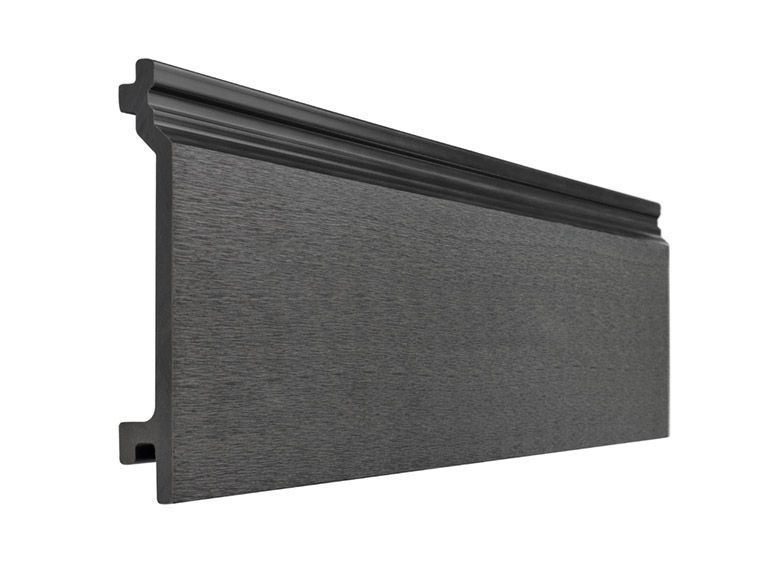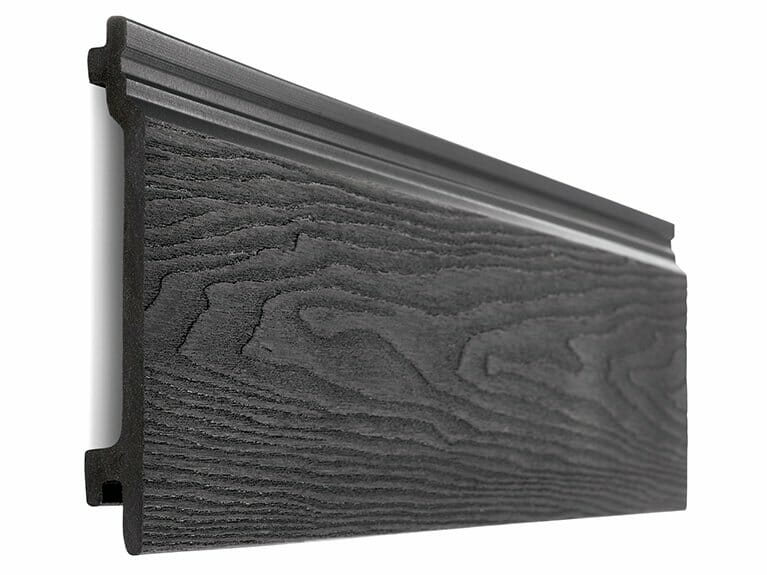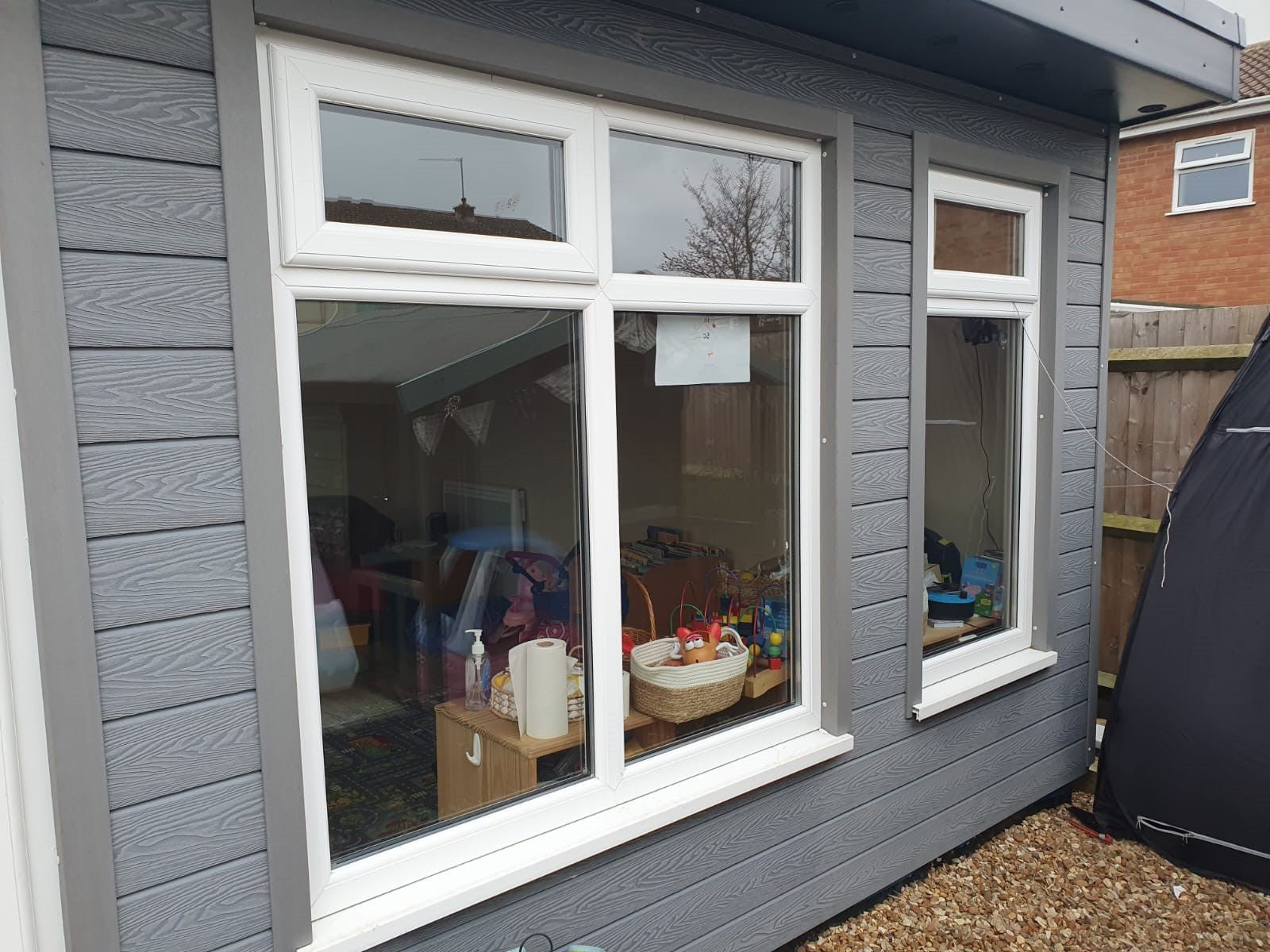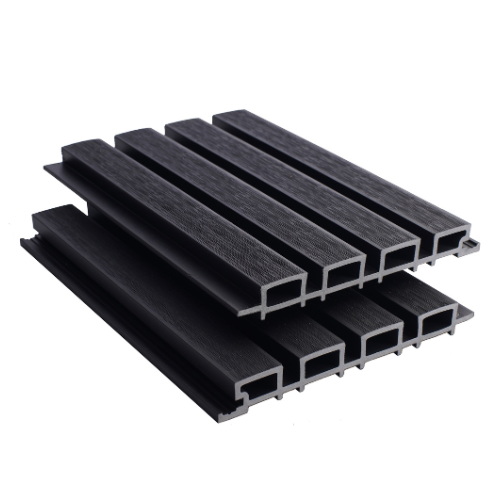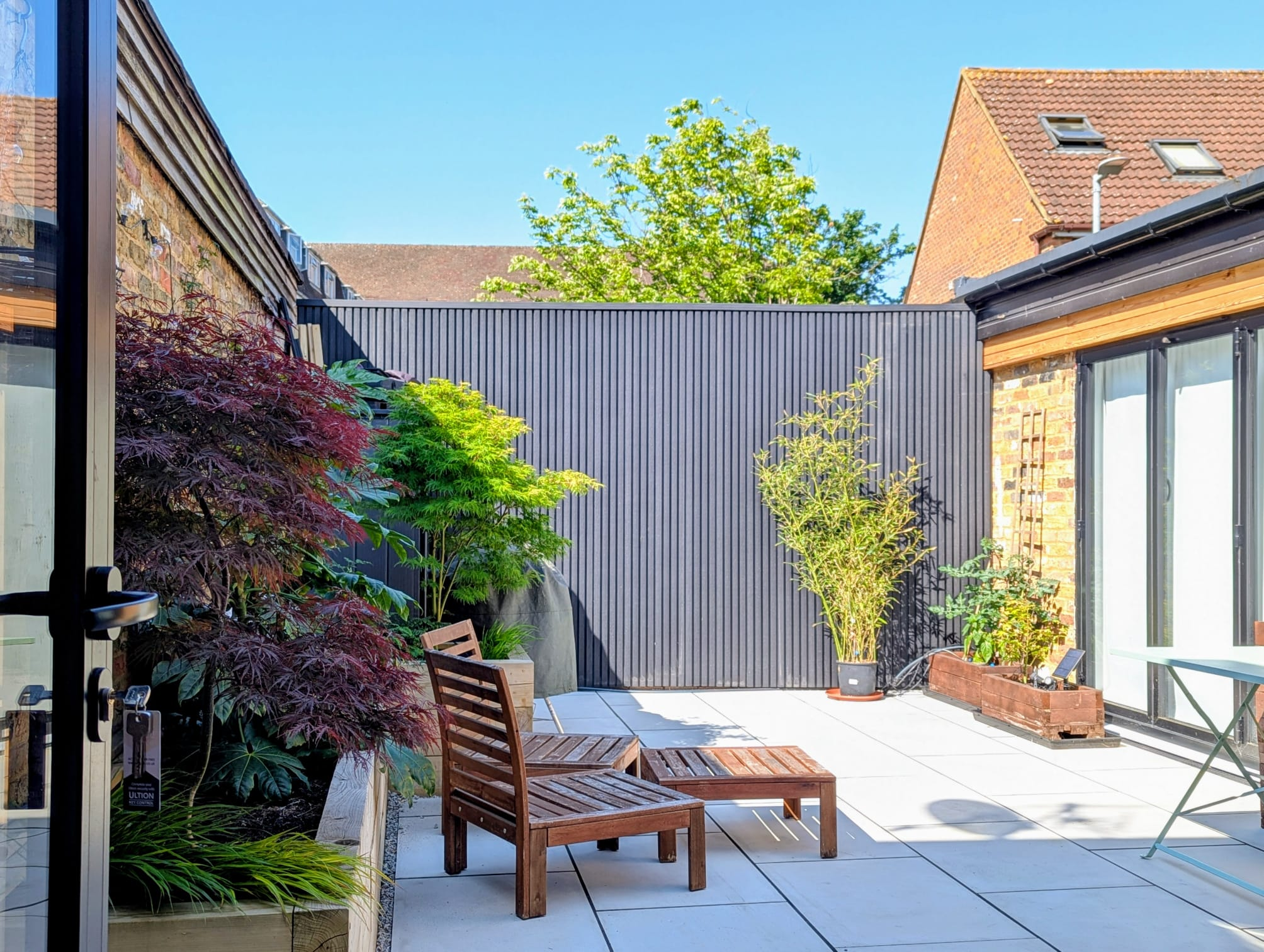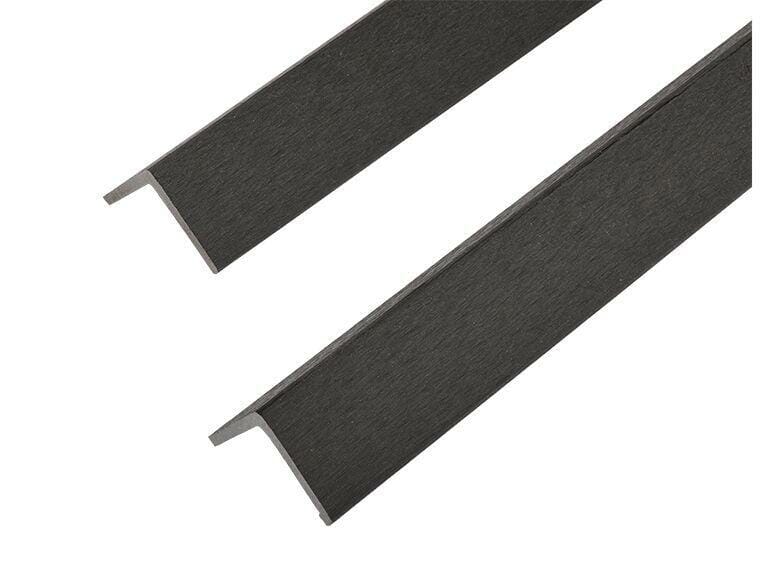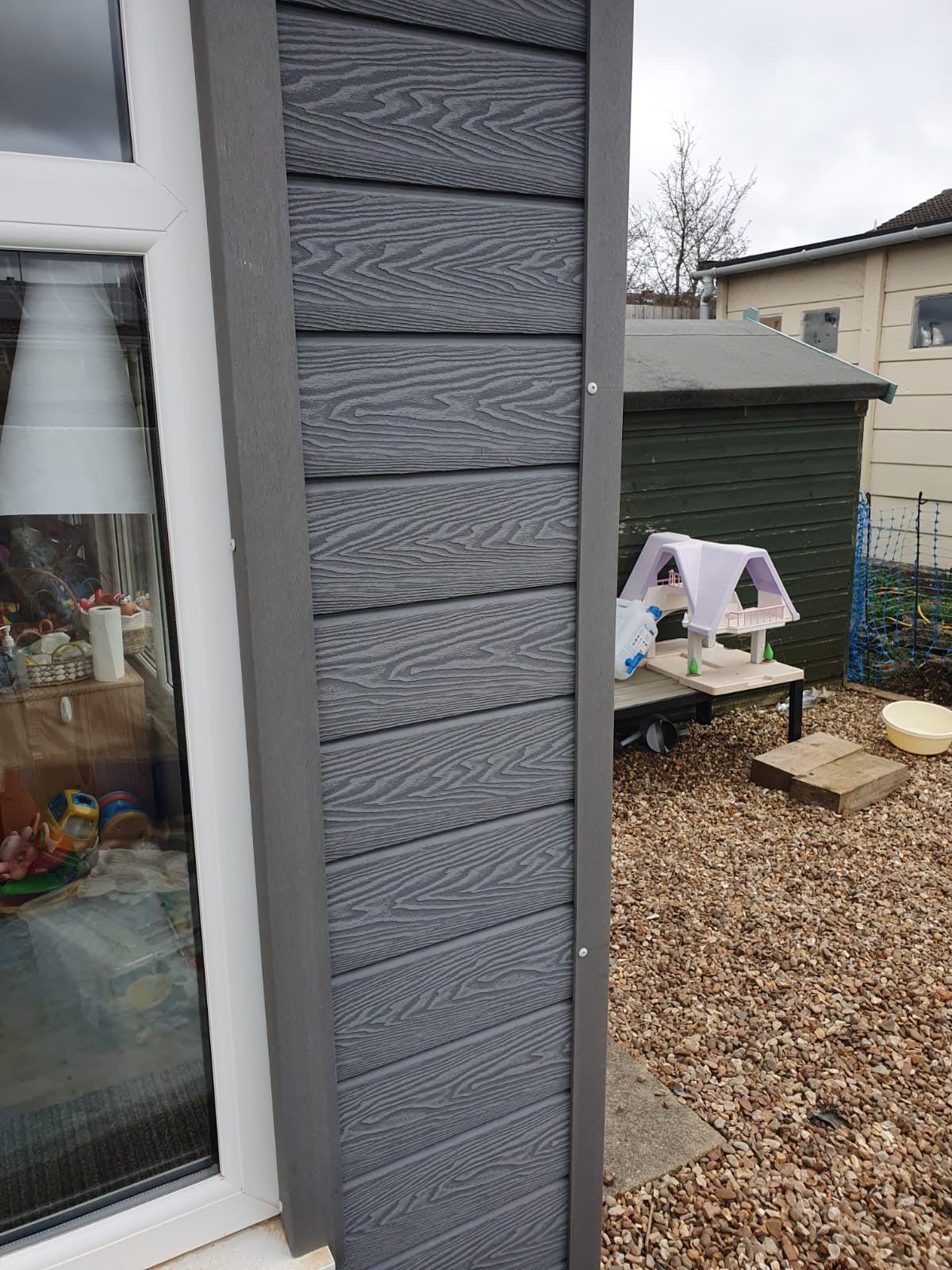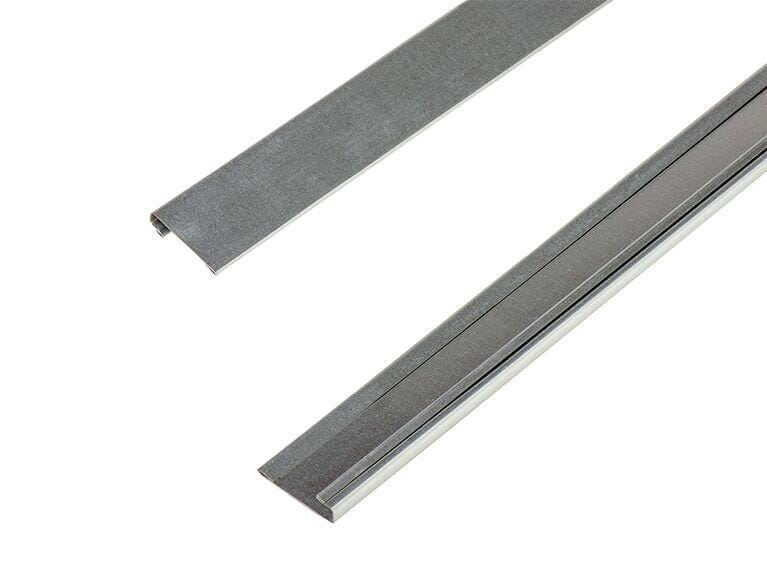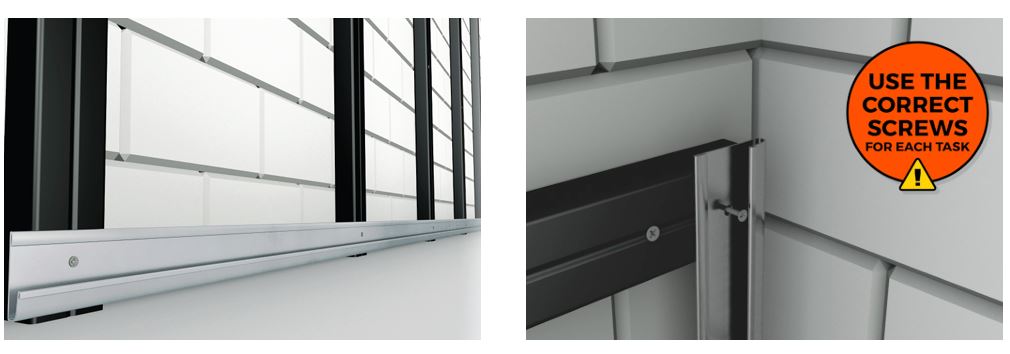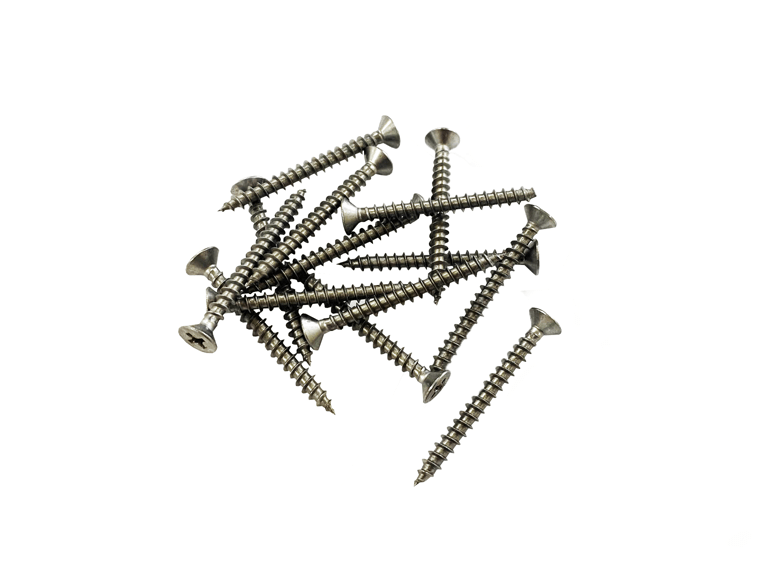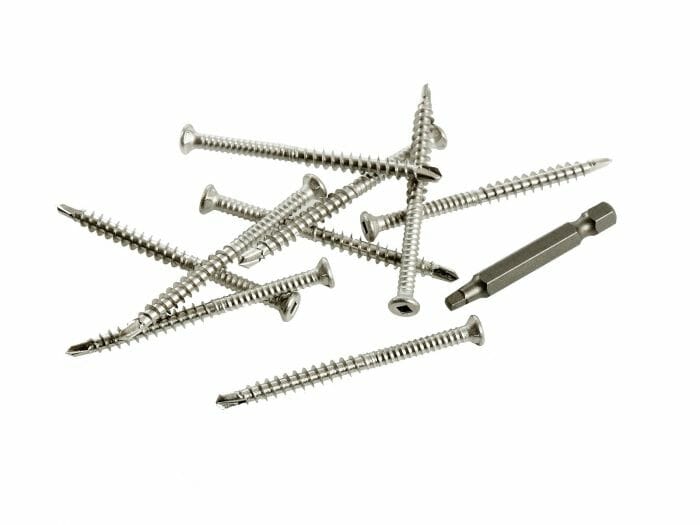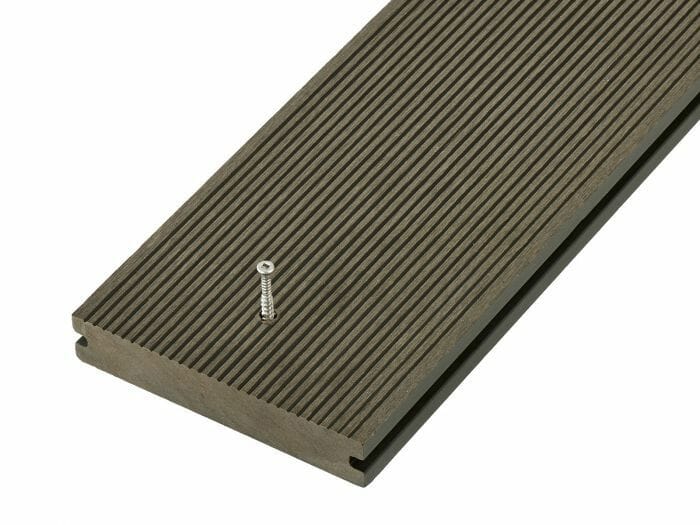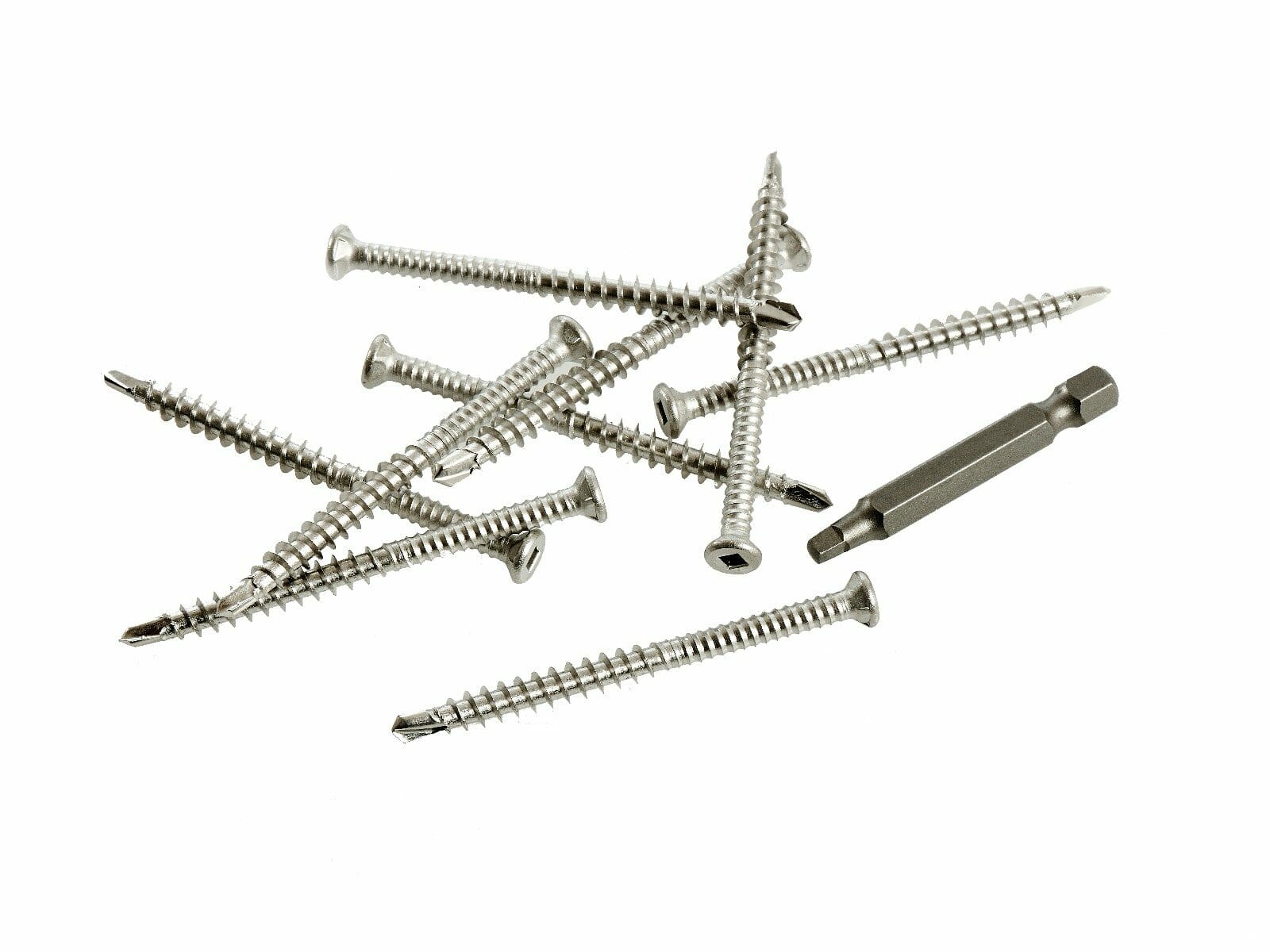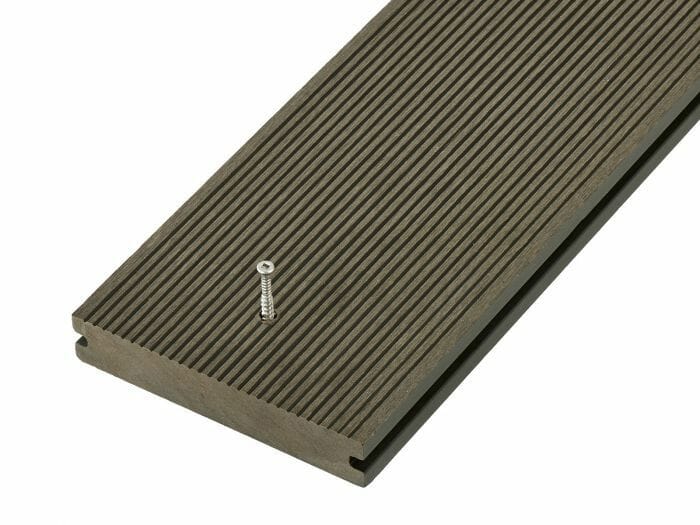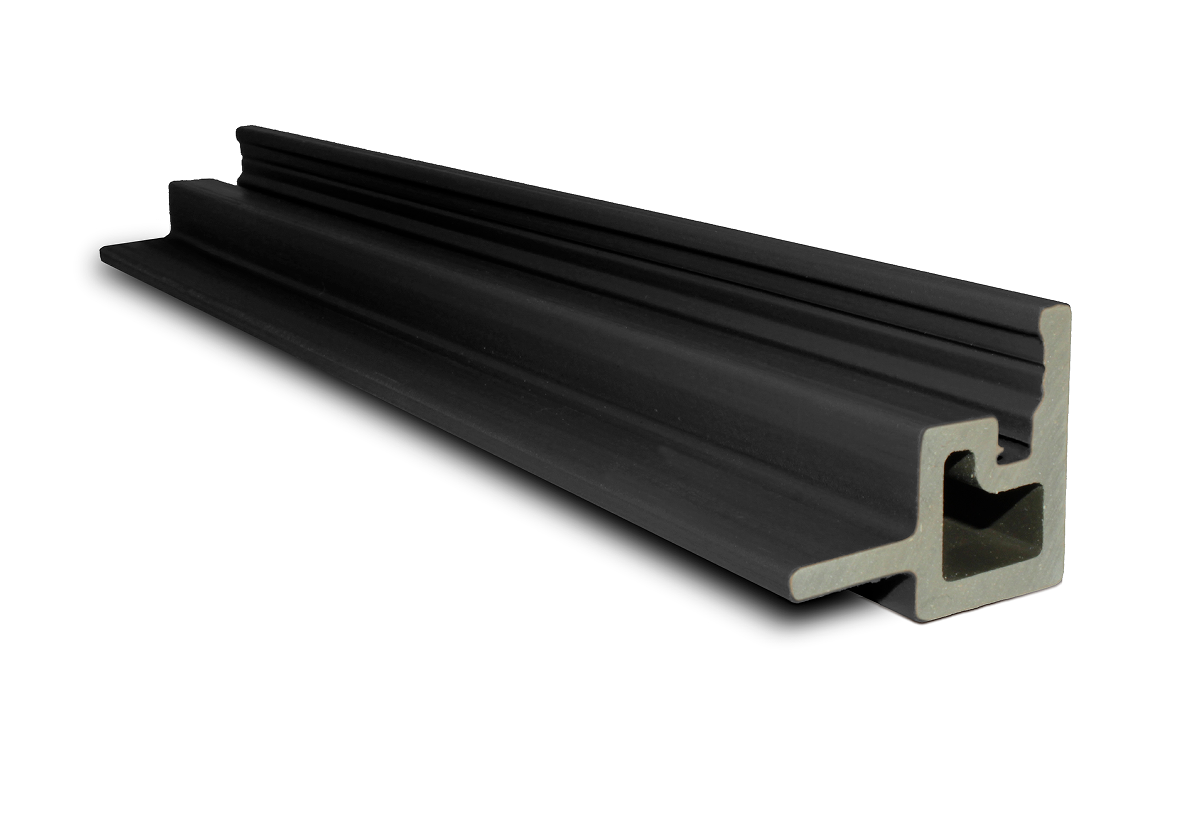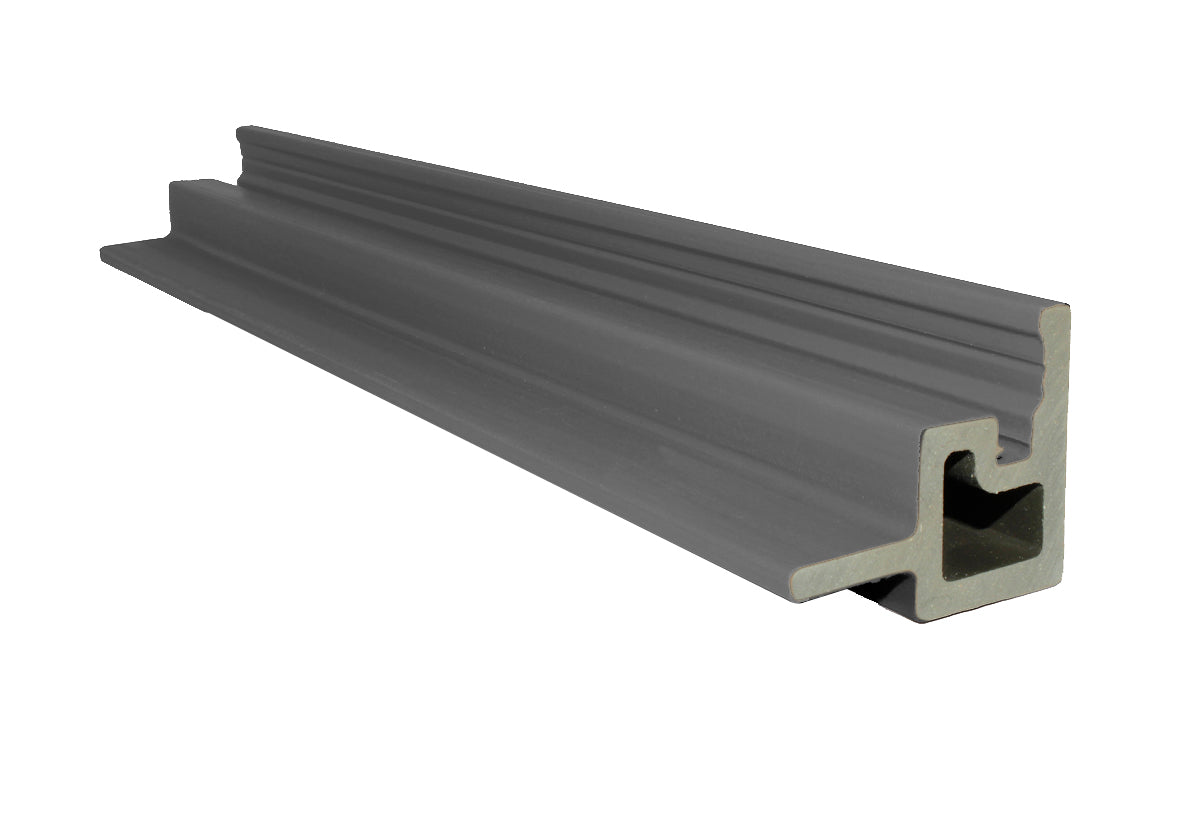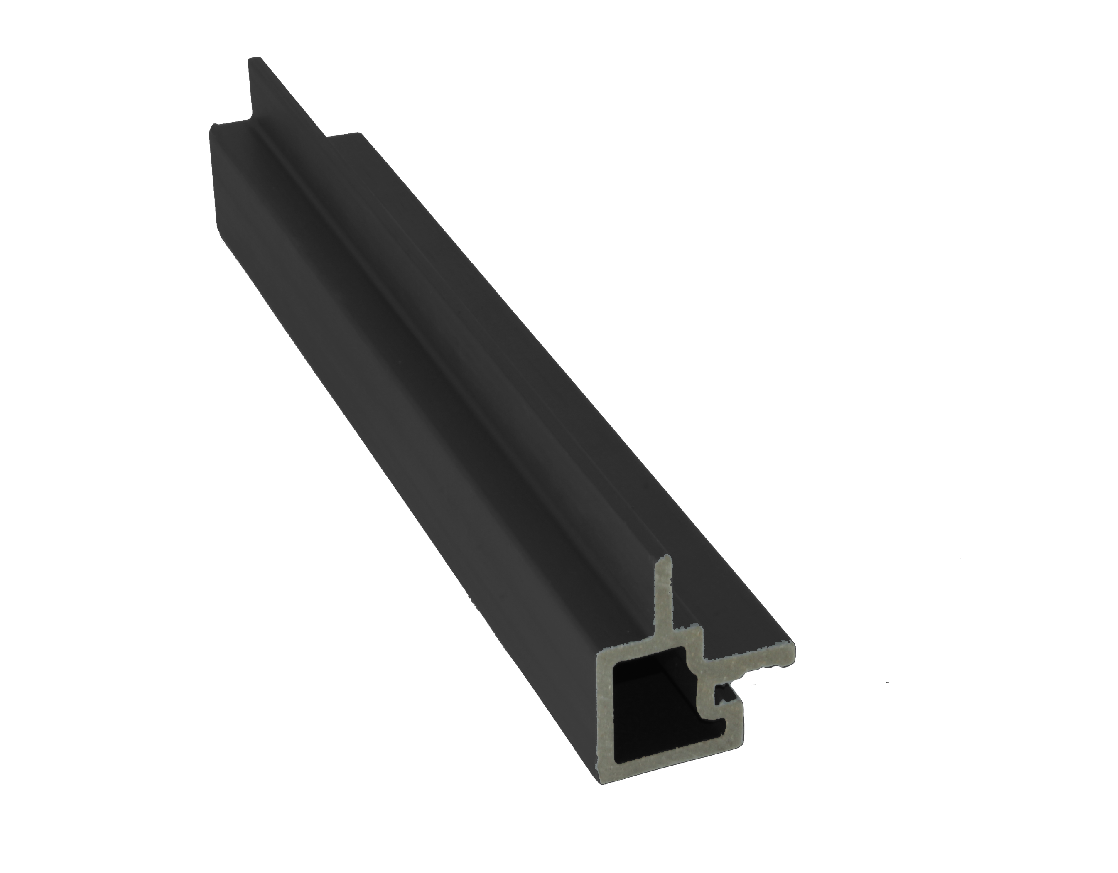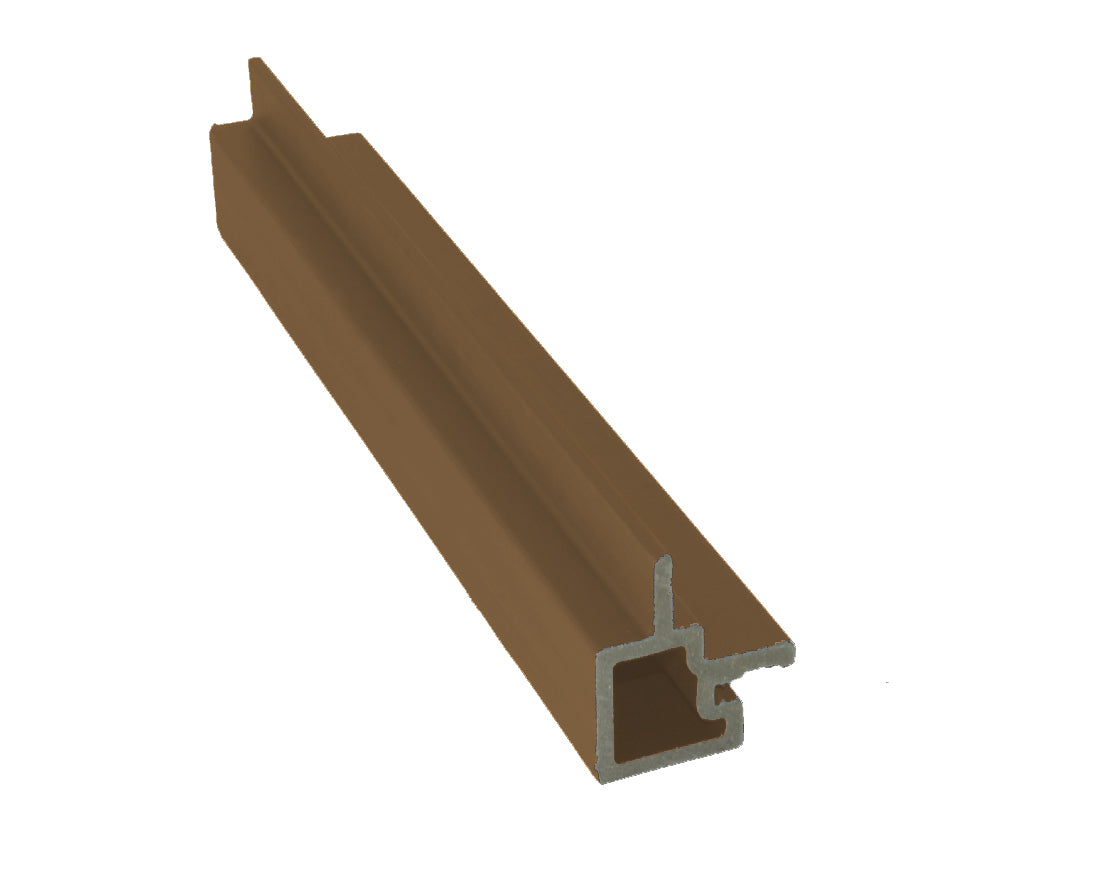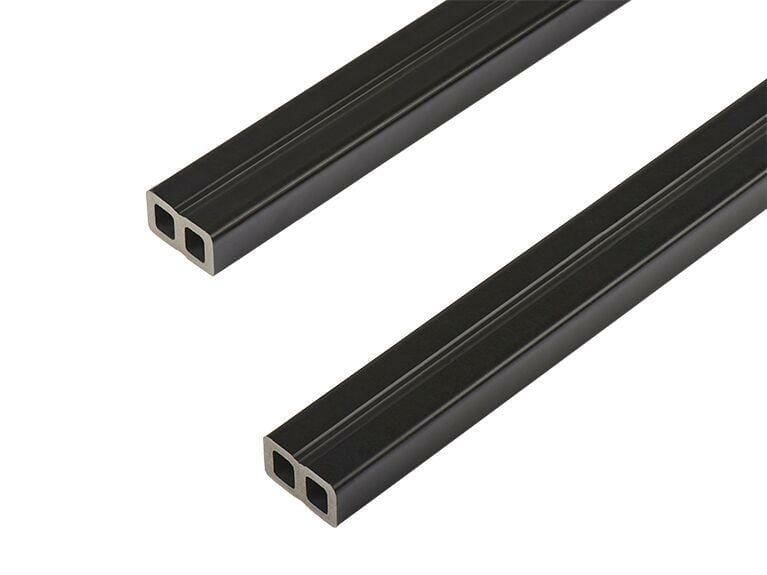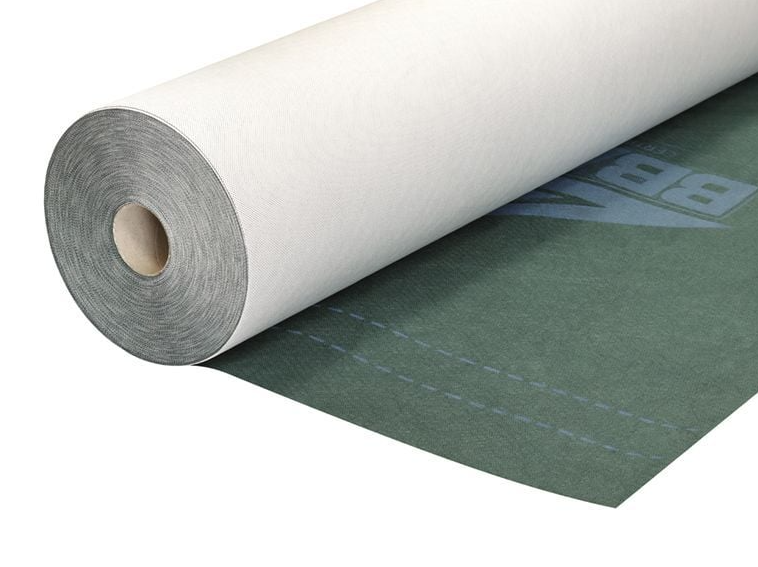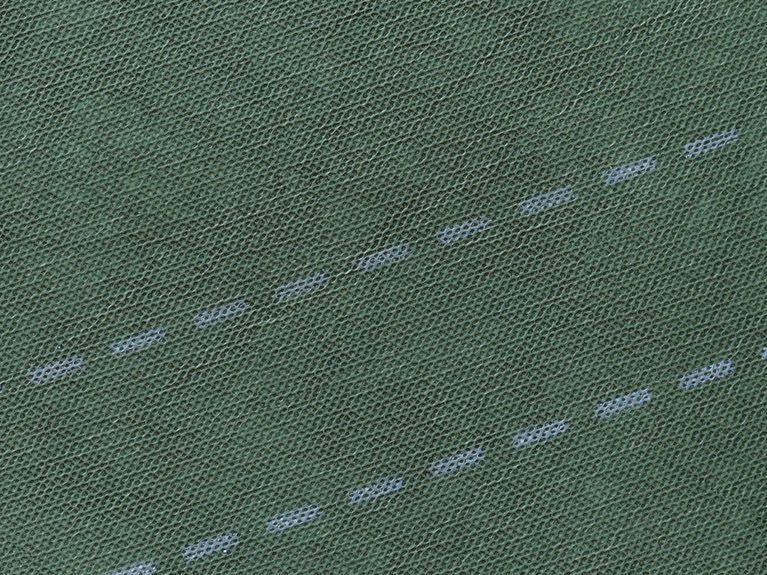Composite cladding has surged in popularity over the last few years.
With the proper care, you can keep it looking fresh and actually prolong its lifespan. As a leading supplier of composite wall cladding and decking, our expert team has written this guide to help with everything you need to know about maintaining composite cladding - from routine cleaning to handling common issues like stains and scratches.
Routine Cleaning for Composite Cladding
Regular cleaning is essential to keep your cladding free from dirt, grime, and mildew. A simple cleaning every six months will usually do the trick.
Tools You May:
- Soft-bristled brush or sponge
- Hosepipe or pressure washer (max 1500 PSI, keep at least 15 inches away)
- Warm soapy water
Steps To Clean:
-
- Sweep or rinse the cladding to remove loose dirt.
- Apply warm soapy water to the boards.
- Gently scrub along the grain to prevent residue build-up.
- Rinse thoroughly with a hose or pressure washer, ensuring all soap is removed.
Dealing with Stains
Composite cladding is resistant to most stains, but we know accidents can happen.
Treating stains promptly is key to avoiding permanent marks.
For General Stains:
- Clean with warm, soapy water and a soft brush.
- Use a household de-greasing agent for tougher spots.
- Rinse thoroughly.
For Stubborn Stains:
- Use a composite-specific cleaner for effective removal. We supply the Owatrol reviver which is designed to revive the colour of the wood and also enhance it by offering protection from stains and waterproofing the surface. Apply easily using just a brush or roller to give the desired effect.
- For uncapped composite boards, light sanding (60–80 grit sandpaper) may help. Sand in the direction of the grain and expect slight lightening, which will even out over time.
Preventing Mould and Mildew
Mould and mildew can develop on outdoor surfaces if debris like pollen or soil is left to accumulate.
Prevention Tips:
-
Keep the Cladding Clean and Dry: Regularly sweep or rinse the cladding to remove dirt, pollen, and debris, as these can trap moisture and create an environment conducive to mould growth. Ensure any water drainage systems are functioning correctly to prevent excess moisture build-up.
-
Trim Nearby Plants to Improve Airflow: Overhanging branches and dense vegetation can sometimes block sunlight and restrict airflow, creating damp conditions. Trim back plants and shrubs to allow natural ventilation and help the cladding dry faster after rain or cleaning.
-
Inspect Drainage Around the Cladding Area: Poor drainage can lead to standing water or dampness near the cladding. Check the ground around your installation to ensure proper runoff and avoid water pooling.
-
Maintain Gutters and Downpipes: Ensure that gutters and downpipes are clear and functioning well to prevent water from spilling onto your cladding, especially after heavy rain.

The stone grey cladding used on a UK garden room.
Addressing Water Stains
Water stains, often appearing as white streaks on uncapped composite boards, are caused by residual oils that naturally occur during the manufacturing process.
These oils may leach to the surface when exposed to water, especially in the early stages after installation. We have produced a useful guide which explains the fading process.
While water stains are temporary and will fade with time, there are ways to speed up the process and keep your cladding looking its best.
How to Remove Water Stains
-
Wash with Warm, Soapy Water:
- Start by using warm, soapy water and a soft-bristled brush or sponge to clean the affected area.
- Work along the grain of the cladding to ensure you don’t leave residue trapped in the grooves.
- Rinse thoroughly with a hose or low-pressure washer to remove all soap and debris.
-
Use a Composite Brightener:
- For faster results, apply a composite cladding brightener designed to break down and remove residual oils.
- Follow the manufacturer’s instructions for best results, and test the product on a small, inconspicuous area first to ensure compatibility.
-
Natural Weathering (6–8 Weeks):
- If you prefer a more "hands-off approach", allow the cladding to weather naturally.
- Over 6–8 weeks, exposure to rain and sunlight will gradually remove the water stains.
Additional Tips for Managing Water Stains
- Clean Early: Water stains are easiest to remove in the initial stages of weathering, so address them promptly for the best results.
- Ensure Proper Drainage: Make sure gutters and downpipes are functioning well to prevent excess water from running onto the cladding. We supply a gutter guard to help.
- Consider Capped Composite Boards: If water stains are a concern, consider opting for capped composite cladding (like the 3.6m boards we supply), which has a protective polymer layer to prevent oil leaching and minimise staining.
For capped composite cladding, water staining is minimal due to the protective polymer layer.
Handling Scratches and Scrapes
Composite cladding is designed to withstand wear, but occasional scratches may occur.
Before moving on to the below, we suggest learning the difference between "capped" and "uncapped" composite boards.
For Uncapped Composite:
- Lightly sand scratches with 60–80 grit sandpaper along the grain.
- The sanded area may lighten but will blend in after a few weeks of weathering.
For Capped Composite:
- Use a heat gun set to 450°F to smooth out deep scratches. Hold the gun 6 inches from the surface and move evenly across the area. Test on a small section first to avoid damage.

Charcoal composite decking boards supplied by Trade Warehouse.
Snow and Ice Removal
Winter weather can be harsh on outdoor cladding, but with the right approach, you can definitely protect your composite cladding from damage while keeping it safe and functional.
Here’s how to handle snow and ice effectively and without compromising the integrity of your cladding:
Steps for Safe Snow and Ice Removal
-
Use a Plastic Snow Shovel with a Non-Abrasive Edge:
- Avoid using metal shovels, as they can scratch or damage the surface of the cladding.
- Gently push the snow off in the direction of the grain to minimise pressure and avoid buildup at the edges.
-
Remove Ice Carefully with a Plastic Scraper:
- For ice buildup, use a plastic scraper to gently break up and lift the ice without chipping or gouging the cladding surface.
- Work slowly and methodically to avoid excessive force that could cause damage.
-
Apply a Salt-Free Ice Melt Safe for Composite Materials:
- Choose an ice melt product specifically designed for use on composite surfaces to prevent chemical damage or residue.
- Follow the manufacturer’s instructions and test on a small area before applying broadly. Get in touch with us for more info.
-
Rinse Thoroughly After the Snow Melts:
- Once the snow and ice have been cleared, use a hose or warm soapy water to rinse away any remaining residue from the ice melt.
- Ensure you rinse along the grain to prevent streaking or build-up.
Additional Winter Maintenance Tips
- Act Quickly After Snowfall: Remove snow promptly to prevent it from compacting into ice, which is harder to remove and more likely to damage the surface. ✅
- Inspect Regularly: Check the cladding periodically for any signs of damage or wear during winter months. ✅
-
Avoid Harsh Chemicals: Never use standard road salt or harsh de-icing chemicals, as they can cause discoloration or weaken the material over time. ✅
Can You Paint Composite Cladding?
While composite cladding does not require painting, it is technically possible to paint or stain it.
However, this will void any warranty you have with a manufacturer.
If You Do Decide to Paint:
-
- Wait until the cladding has fully weathered (8–10 weeks).
- Ensure the surface is fully clean and dry.
- Follow the paint manufacturer’s application instructions. Contact us for more details if unsure.
Professional Maintenance
For larger or more complex cladding systems, investing in professional maintenance is a practical way to ensure the longevity and performance of your installation.
Periodic inspections by a qualified contractor can identify potential issues early, such as damage, improper drainage, or areas requiring additional support, before they escalate into costly repairs.
Hiring a professional ensures that your cladding system is maintained to the highest standard, with expertise in both routine care and more advanced maintenance techniques. There is a good cladding maintenance company which you can find here.
This approach is especially beneficial for commercial projects or high-budget residential installations where aesthetic and structural integrity are critical.
A true professional can also provide tailored advice and specialised cleaning services to keep your cladding looking pristine and performing optimally over time.
By scheduling regular inspections and maintenance, you protect your investment and ensure your cladding continues to enhance your property for years to come.
Key Tips for Maintaining Composite Cladding
- Clean Regularly: A biannual cleaning keeps cladding looking fresh and prevents grime build-up.
- Act Quickly on Stains: Address spills or marks immediately for the best results.
- Avoid Harsh Chemicals: Use composite-safe cleaners to prevent damage.
-
Inspect Periodically: Check for damage or dirt accumulation and address issues promptly.

A useful table guide to help you remember how to maintain composite wall cladding.
Why Choose Composite Cladding?
Composite cladding is a great alternative to timber. With proper care and attention to routine maintenance, composite cladding retains its appearance, structural integrity, and performance for many years, even in the face of challenging weather conditions. Whether for residential or commercial projects, it’s a smart investment that enhances your property while saving you time and effort in upkeep.
For additional guidance or to explore our products, check out our composite cladding collection.
You can also contact us for a free PDF download with all this info.

